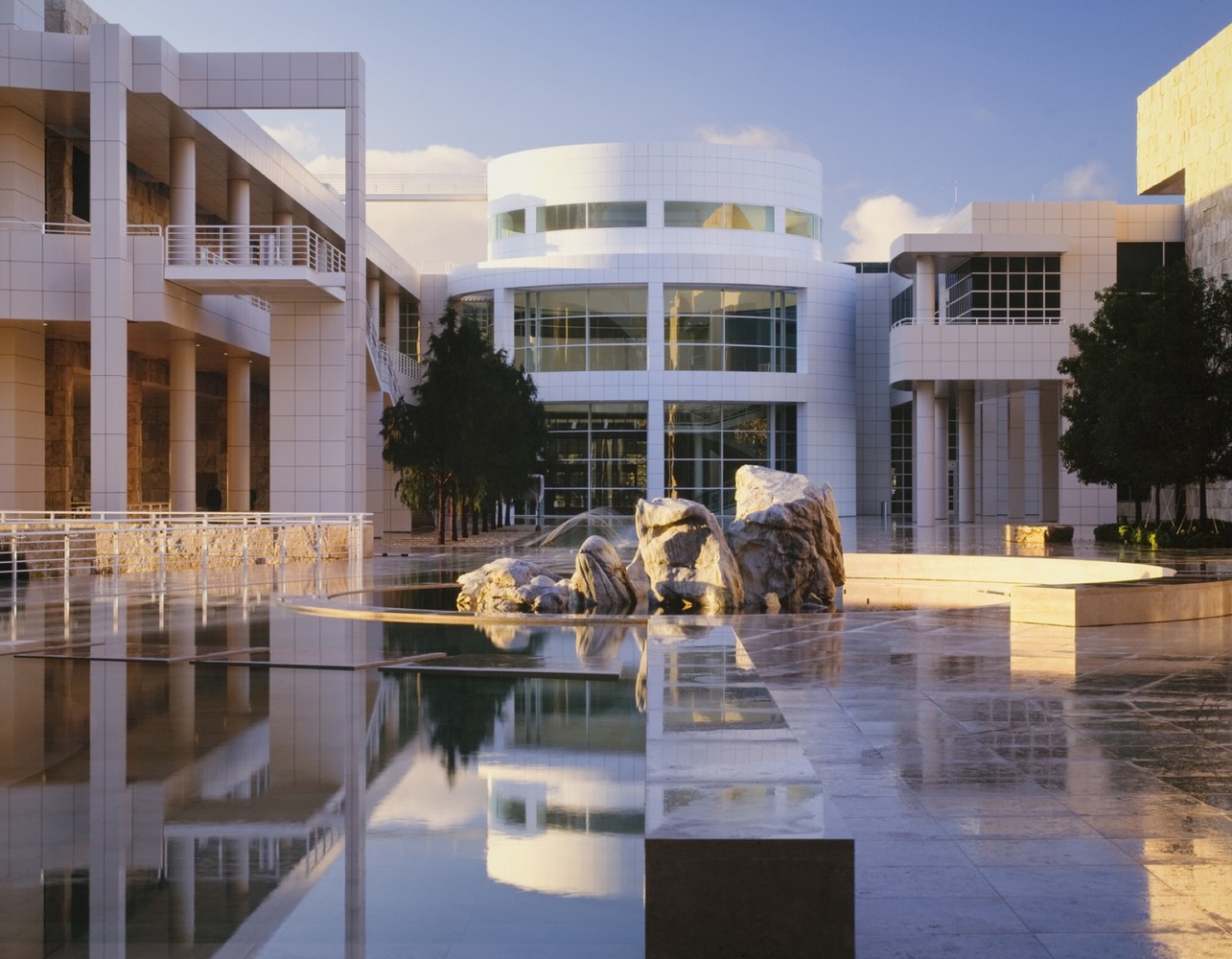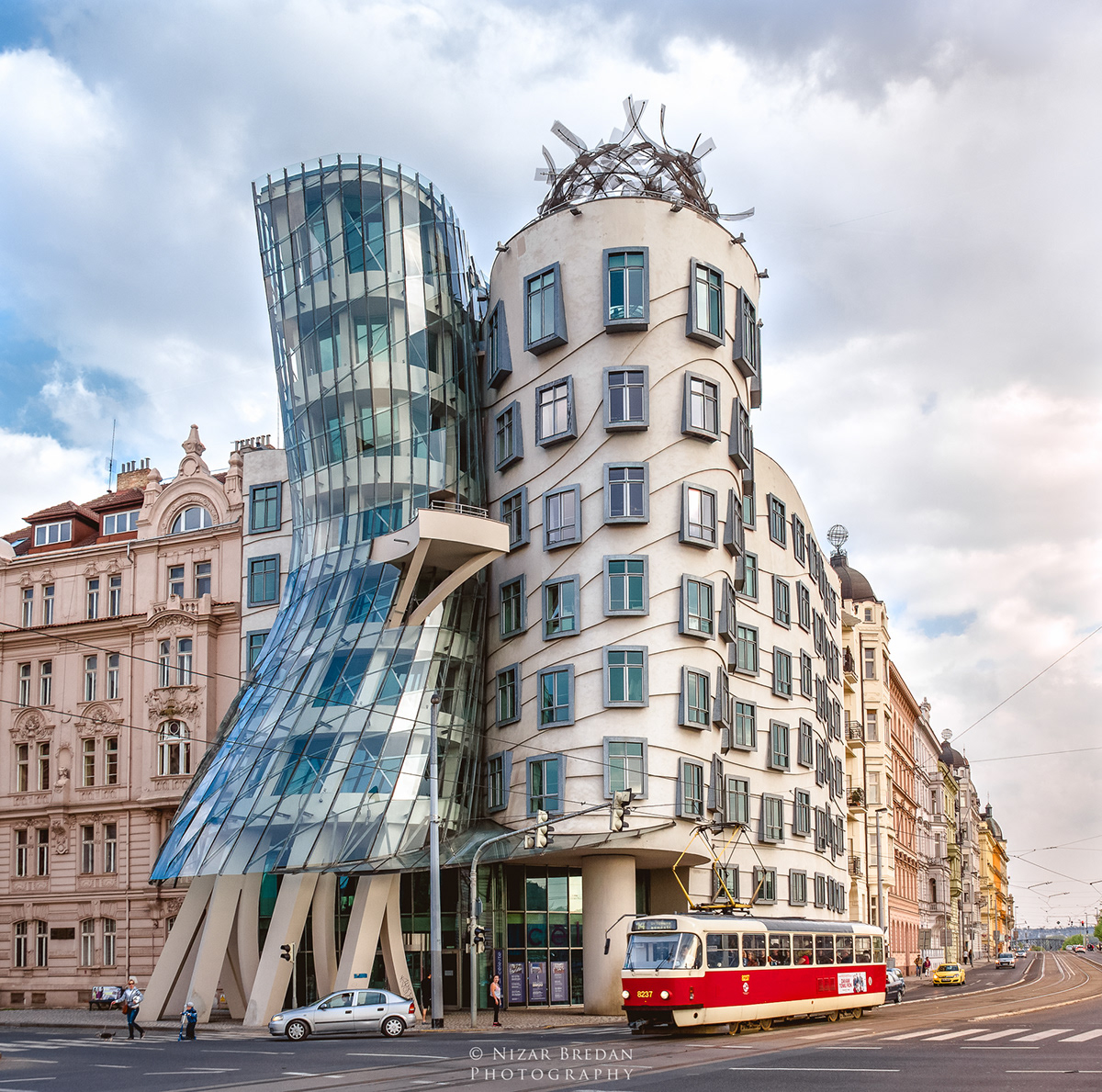Postmodern architecture is characterized by its eclectic mix of styles, its playful use of color and form, and its rejection of traditional architectural principles. These structures were built in the late 20th century, and they are often associated with the deconstructivist movement.
- Postmodern architecture emerged in the late 1960s as a reaction against the perceived shortcomings of modern architecture, particularly its rigid doctrines, its uniformity, its lack of ornament, and its habit of ignoring the history and culture of the cities where it appeared.
- Postmodern architects often incorporated elements from previous architectural styles, such as classical columns, arches, and domes, into their designs. They also used bright colors, playful shapes, and asymmetrical forms to create buildings that were both visually stimulating and intellectually challenging.
- Some of the most famous examples of postmodern architecture include:
- The Piazza d'Italia in New Orleans, designed by Charles Moore
- The Portland Building in Portland, Oregon, designed by Michael Graves
- The Bilbao Guggenheim Museum in Bilbao, Spain, designed by Frank Gehry
- Postmodern architecture was a major force in architectural design in the late 20th century, but it has since declined in popularity. Some critics argue that it is too eclectic and self-indulgent, while others believe that it is a more humane and democratic approach to architecture than modernism.
Here are some of the key figures associated with postmodern architecture:
- Robert Venturi
- Denise Scott Brown
- Charles Moore
- Michael Graves
- Philip Johnson
- Frank Gehry
First, postmodern architecture is not necessarily a rejection of traditional architectural principles. In fact, many postmodern architects embrace historical styles and motifs, but they do so in a playful and ironic way. For example, the Piazza d'Italia in New Orleans by Charles Moore is a postmodern building that is clearly inspired by the Italian Renaissance, but it also features a number of playful and whimsical elements, such as the giant obelisk in the center of the square.
Second, postmodern architecture is not always associated with deconstructivism. Deconstructivism is a more radical architectural movement that emerged in the 1980s. Deconstructivist buildings are often characterized by their fragmented and asymmetrical forms, and they often seem to defy logic and reason. While some postmodern buildings may share some of these qualities, they are not necessarily deconstructivist.
Here are some of the most famous examples of postmodern architecture:
Postmodern architecture is a complex and diverse movement, and there is no single definition that can capture all of its nuances. However, the characteristics I have mentioned above are some of the most common features of postmodern architecture.









.jpg)